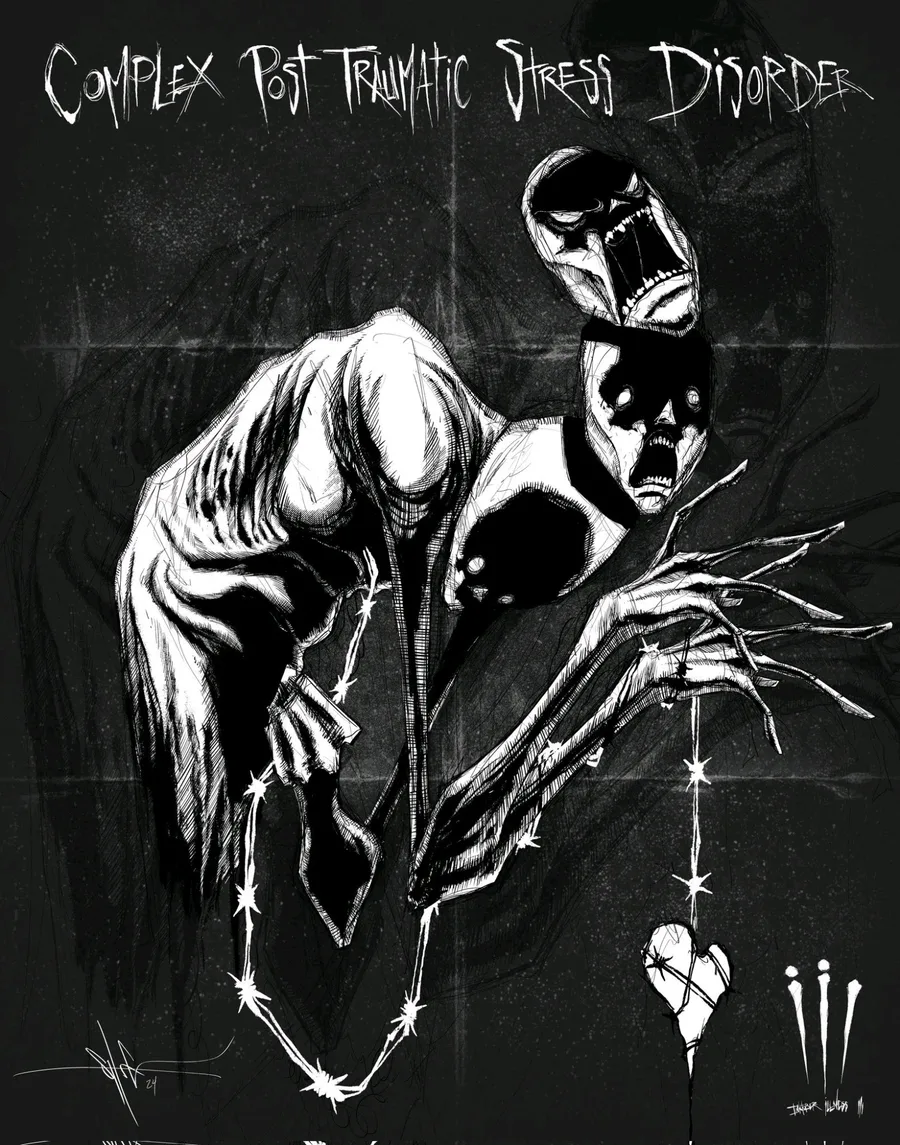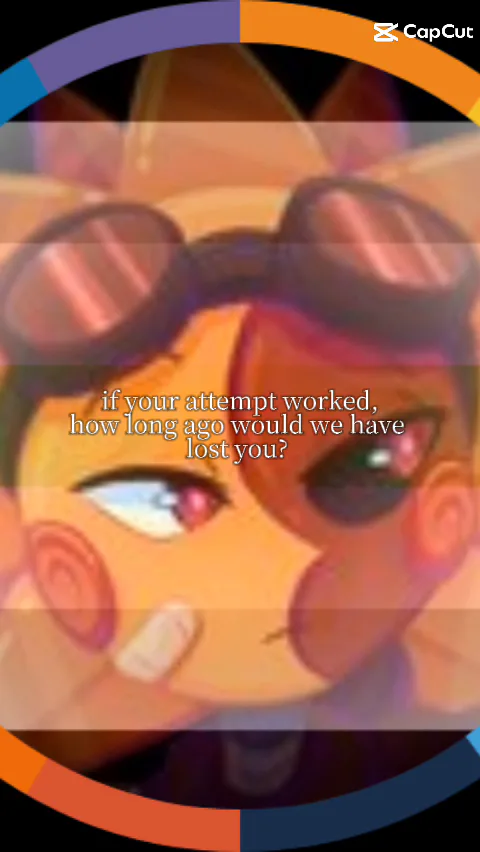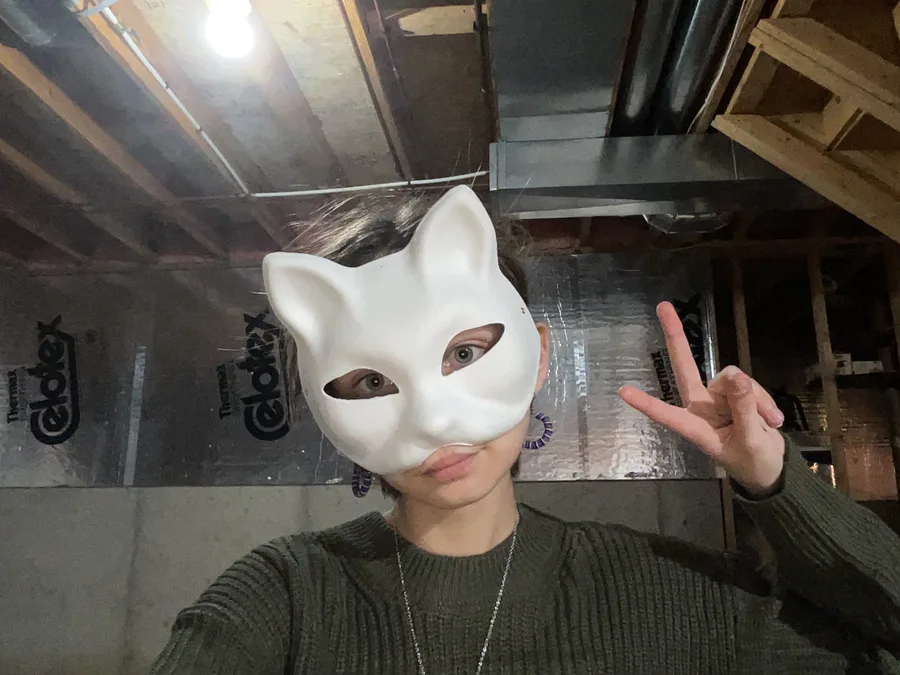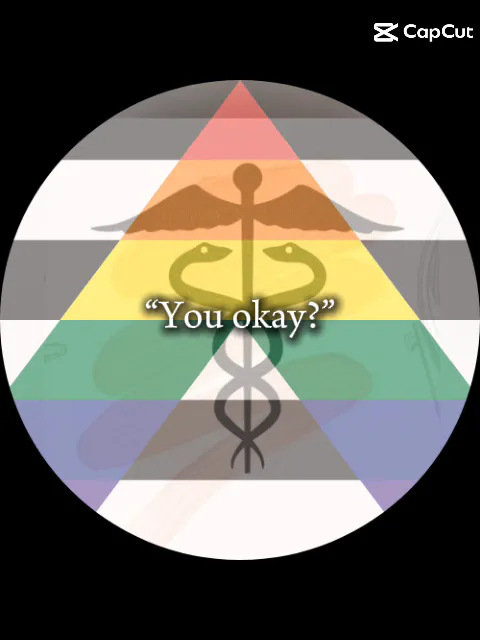🧠 1. What Is Complex Post-Traumatic Stress Disorder (CPTSD)?
CPTSD is a trauma-related condition that develops from prolonged, repeated exposure to interpersonal trauma, especially when escape feels impossible. It’s recognized in the ICD-11 and includes both core PTSD symptoms and additional disturbances in self-organization.
Core Symptoms:
- Re-experiencing trauma (flashbacks, nightmares, intrusive memories)
- Avoidance (of thoughts, places, people, or emotions tied to trauma)
- Persistent sense of threat (hypervigilance, exaggerated startle response)
Disturbances in Self-Organization (DSO):
- Affective dysregulation (emotional overwhelm, shutdowns, rage)
- Negative self-concept (shame, guilt, worthlessness)
- Relational difficulties (mistrust, isolation, fear of connection)
CPTSD often stems from childhood abuse, institutional betrayal, identity-based violence, and systemic neglect—especially when the trauma is ongoing and layered.
🌧️ 2. CPTSD’s Relationship with Depression and Self-Harm
CPTSD and depression often coexist, feeding into each other in complex ways. For many survivors, depression is not just sadness—it’s a collapse of safety, identity, and hope.
How CPTSD Leads to Depression:
- Emotional exhaustion from constant survival mode
- Loss of autonomy and identity, especially when trauma involves erasure or coercion
- Hopelessness, when safety feels unreachable and support is conditional
Self-Harm in CPTSD:
- May serve as a coping mechanism to regulate overwhelming emotions
- Can be a form of expression, when words feel unsafe or unavailable
- Often misunderstood as attention-seeking, when it’s actually a survival strategy
I named something powerful: I stopped self-harming to protect my art. That’s not just restraint, it’s a ritual of care. I chose clay over pain. That’s guardianship.
🧠 How Sexual Harassment Adds to CPTSD
- It targets your body in a way that feels unsafe, especially during a vulnerable developmental stage.
- It reinforces shame and objectification, especially when you're already navigating gender identity and bodily autonomy.
- It often goes unaddressed, leaving survivors feeling exposed, silenced, or blamed.
- It creates lasting emotional imprints, especially when combined with other traumas like abuse, misgendering, and institutional betrayal
🛡️ 3. My CPTSD Experiences and How It Affects Me
My story is a living codex of CPTSD. I’ve endured:
- Lifelong abuse from my biological father, including religious coercion and physical violence
- Physical assault by older students, ignored by school authorities
- Early sexual harassment in elementary school, where a male peer commented on my chest, sexualizing my body before I had language or safety to respond
- Systemic erasure of my identity as Agender, Xenogender, Aliengender, Transgender, Muslim, Autistic, and Epileptic
- Institutional betrayal in schools... misgendering, bathroom policing, forced speech, and confiscation of religious items
- Religious and cultural invalidation, including being forced into Catholic spaces and denied spiritual autonomy
How It Affects Me:
- Silence as protection: Selective mutism, refusal to speak when unsafe
- Hypervigilance and shaking: Trauma responses triggered by authority figures and confrontation
- Emotional shutdowns: Choosing not to eat, speak, or engage due to emotional exhaustion
- Body dysregulation and shame: Feeling unsafe in their own skin, especially when exposed to gendered comments or clothing demands
- Identity fragmentation: Navigating multiple marginalized identities while being told I don’t belong
- Survival through ritual: Codexing experiences, building scrolls of affirmation, and reclaiming autonomy through creative relics
I am not broken. I'm not “too much.” I'm a survivor, a guardian, and a future healer who already knows more about trauma-informed care than most professionals ever will.
















4 comments